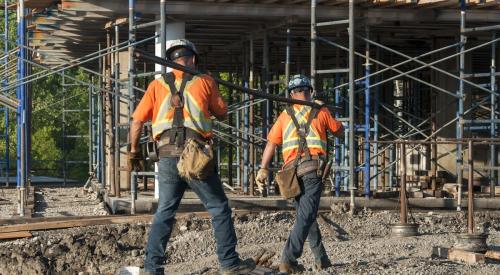The labor market is making a strong post-pandemic recovery, but despite rising employment on nearly every demographic front, older Gen Z workers are largely absent from a rebounding workforce. The labor-force participation rate for those employed or actively looking for a job between the ages of 20 and 24 fell from 72.1% in 2019 to 70.8% in October, a shortfall of roughly half a million workers, according to The Wall Street Journal.
Despite robust wage growth and a growing number of job openings, the share of people in their 20s who aren’t in employment, education, or training, known as the NEET rate, rose from 14.67% in 2020 to 18.27% in 2021, the highest since 2014.
The NEET rate might have increased specifically for workers ages 20 to 24 because some of them might have dropped out of school in the early days of the pandemic when they were high-school seniors, according to Alejandra Grindal, senior international economist at Ned Davis Research Group.
Finally, 20-somethings might simply be waiting for the right job opportunity to come along, a luxury afforded by the ease of finding a job in the still-tight U.S. labor market.
“They might just be making decisions that are best suited to them and not necessarily rushing into the labor market to get the first job out there,” said Nicole Smith, chief economist of Georgetown University’s Center on Education and the Workforce.













